Choose the Perfect Programming Language or Framework for Long-Term Success!
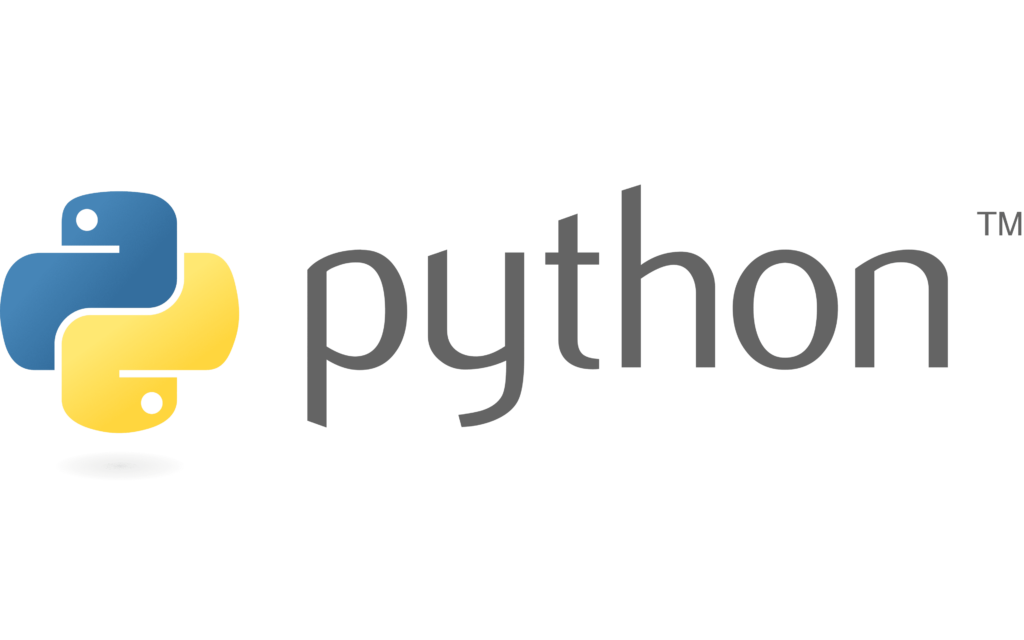
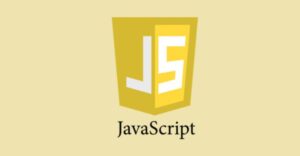
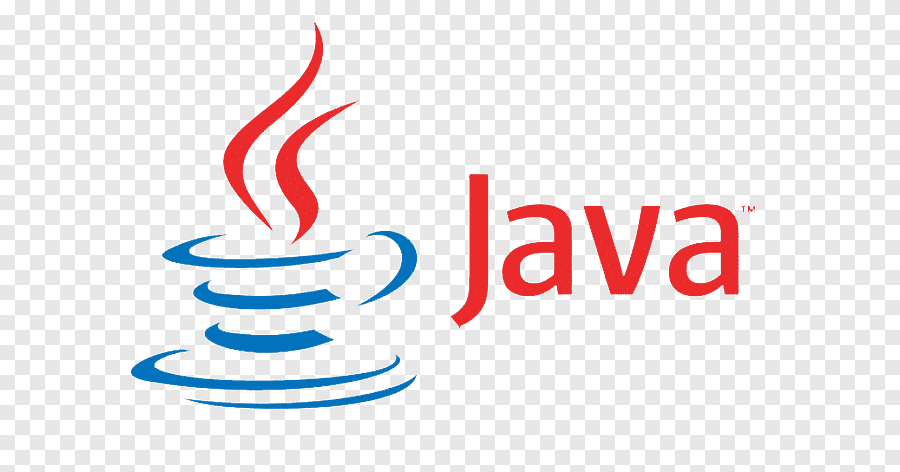
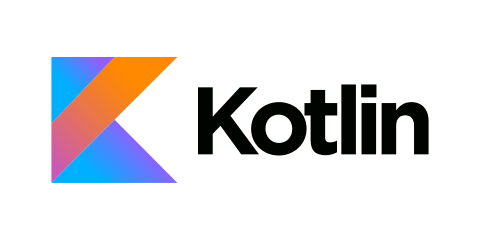
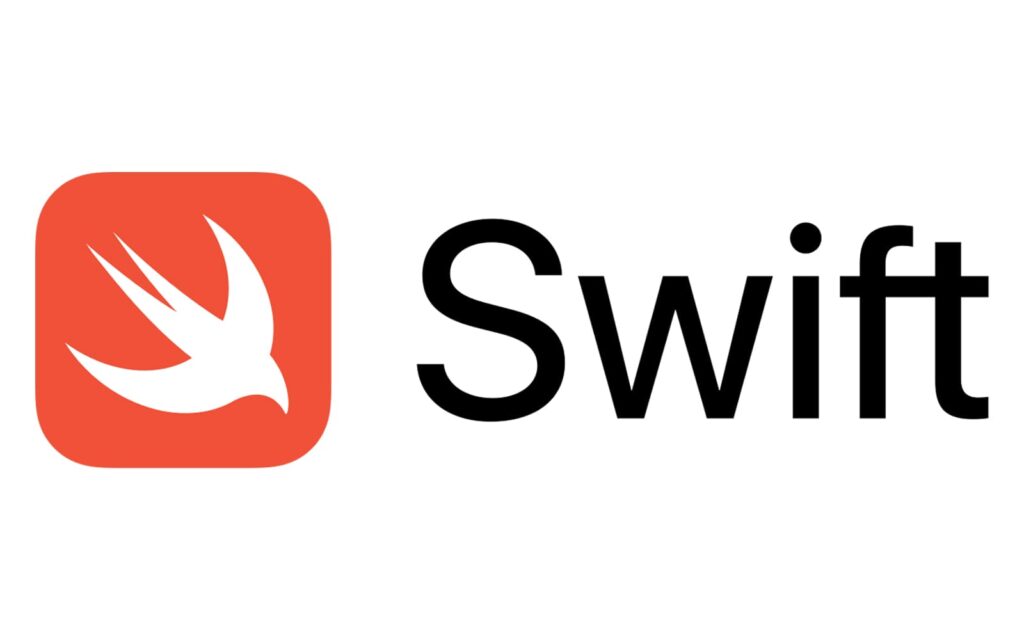
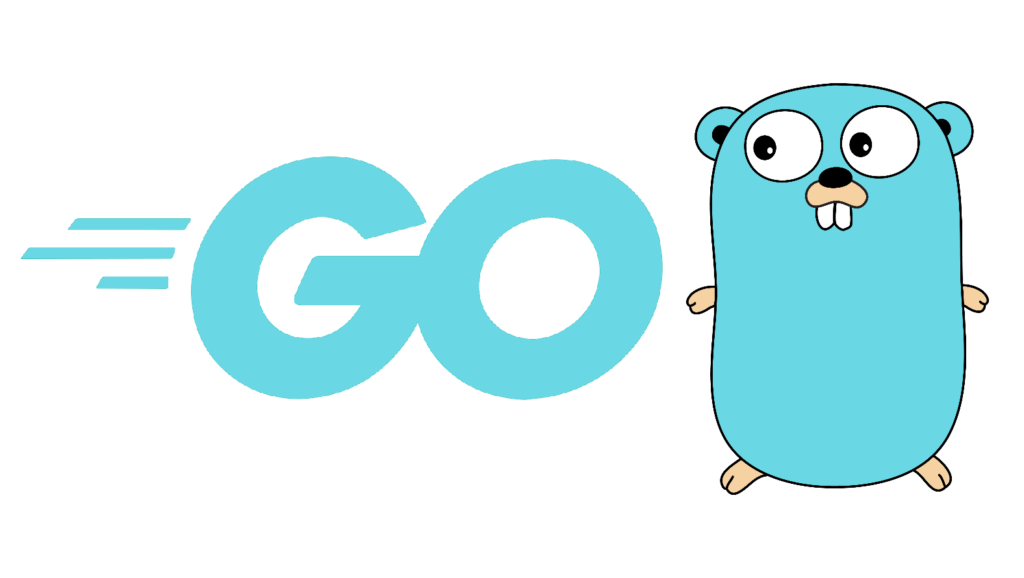
When selecting a programming language or framework to secure your career’s future, it’s crucial to consider various factors that can influence your decision. These factors include your personal interests, prevailing trends in the industry, the demand for specific skills in the job market, and the alignment of your choices with your long-term career objectives. Let’s break down these considerations further:
Personal Interests: Your passion and enthusiasm for a particular language or framework can significantly impact your career satisfaction and success.
Industry Trends: Keeping abreast of current trends and developments in the tech industry is essential.
Job Market Demand: Analyzing the demand for specific programming languages and frameworks in the job market is crucial for ensuring career security.
Career Goals: Your long-term career objectives should guide your choice of programming language or framework. Consider where you envision yourself in the future and which skills will be most valuable in achieving those goals.
Future-Proof Your Career: How to Choose the Perfect Programming Language or Framework
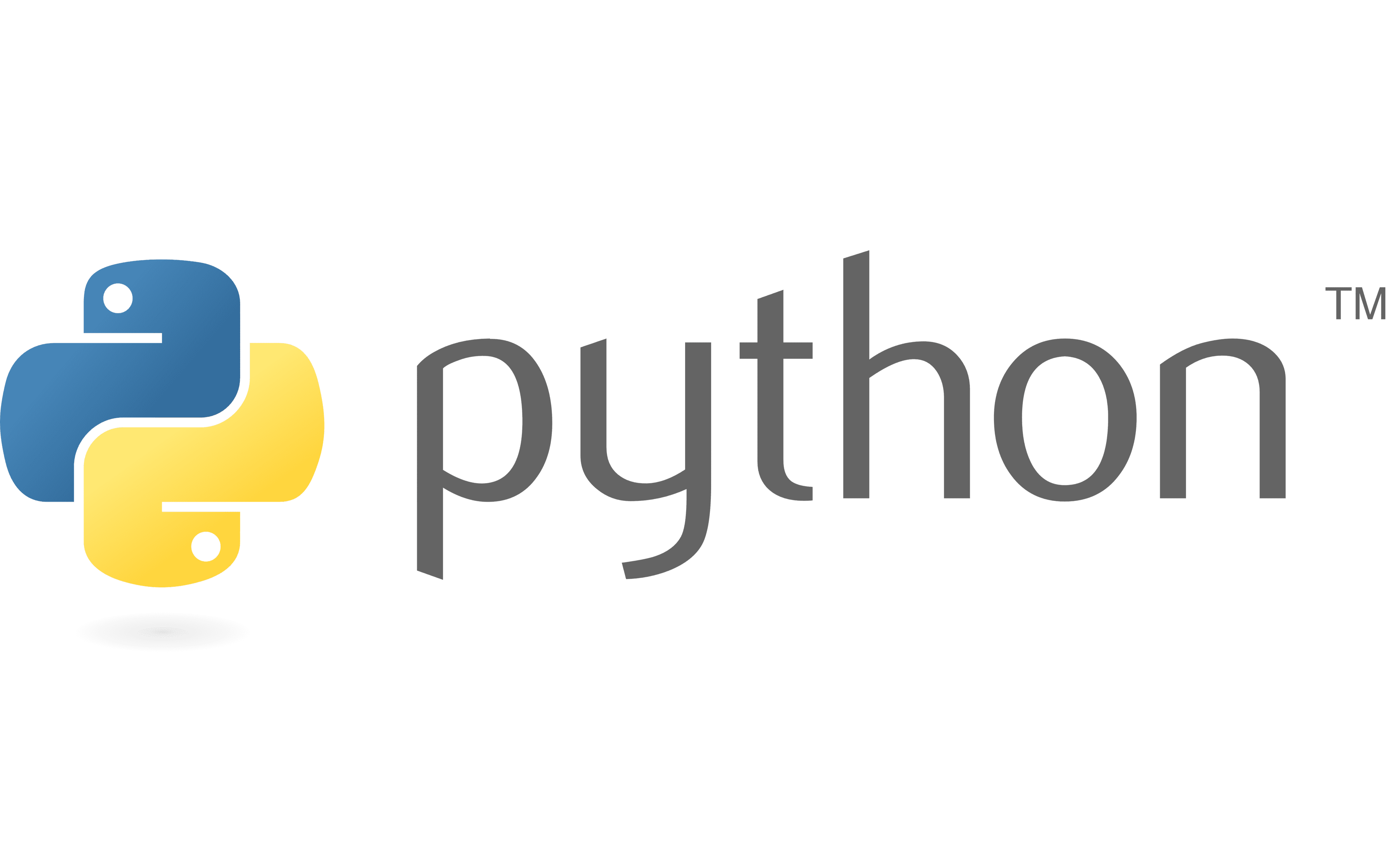
Python: Python continues to be extremely popular due to its versatility, ease of learning, and wide range of applications including web development, data science, machine learning, artificial intelligence, automation, and more. Its demand is likely to remain strong in the future.

This is one of the most basic programs in any programming language and is often used as a first introduction to a new language. In Python, the print() function is used to output text to the console, and "Hello, World!" is the text that will be displayed.
This is one of the most basic programs in any programming language and is often used as a first introduction to a new language. In Python, the print() function is used to output text to the console, and "Hello, World!" is the text that will be displayed.
Python is a versatile and beginner-friendly programming language known for its simplicity and readability. It’s widely used in web development, data science, artificial intelligence, automation, and more. Python’s extensive libraries and frameworks make it popular for rapid prototyping and development. Its syntax emphasizes code readability, making it easy to understand and maintain. Additionally, Python has a strong and supportive community, offering ample resources for learning and development.
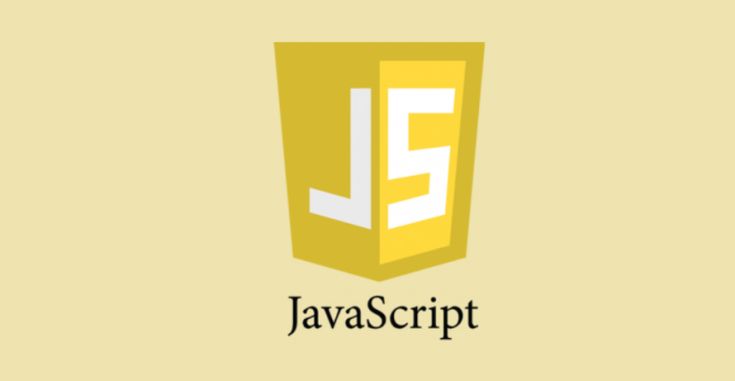
JavaScript: JavaScript is a versatile programming language primarily used for web development, enabling dynamic and interactive content on websites. It’s supported by all major web browsers and has become ubiquitous in both frontend and backend development.

To print “Hello, World!” in the console using JavaScript, you can use the console.log() function. Here’s the code:
Libraries and frameworks in JavaScript:
Libraries: These are collections of pre-written JavaScript code that provide commonly needed functionalities, such as jQuery for DOM manipulation and Axios for making HTTP requests.
Frameworks: These are more comprehensive tools that provide a structure for building applications. They often include libraries and offer additional features. Examples include Angular, React, and Vue.js.
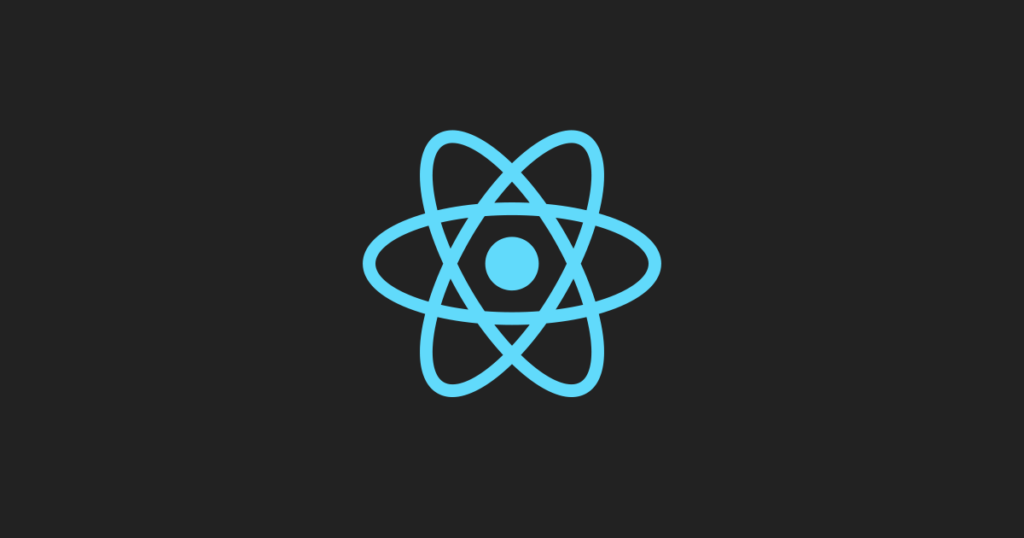
React:
- React is a popular JavaScript library developed by Facebook for building user interfaces (UIs) for web applications. It’s known for its component-based architecture, which allows developers to build reusable UI elements.
- React Native is a framework based on React that allows developers to build cross-platform mobile applications using JavaScript and React. It enables code sharing between iOS and Android platforms.
- Next.js is a framework built on top of React that simplifies server-side rendering, routing, and other tasks to facilitate building React applications. It enhances React with features like automatic code splitting, server-side rendering, and simplified routing.
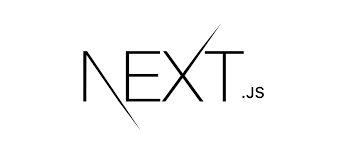
Next.js, step towards Future:
- Next.js has gained significant popularity due to its ease of use and powerful features for building React applications.
- Its future looks promising as it continues to evolve with new features and improvements.
- The framework is likely to remain a preferred choice for developers building server-rendered React applications.

Java: Java is a widely-used, high-level programming language developed by Sun Microsystems (now owned by Oracle Corporation) in 1995. It was designed with the goal of being platform-independent, reliable, and secure. Here are some key features and aspects of Java:
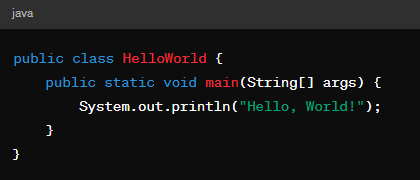
Printing “Hello, World!” in Java is a simple task. You can achieve this using the System.out.println() method, which is part of the java.lang package. Here’s the code to print “Hello, World!”:
Platform Independence: One of Java’s most notable features is its ability to write code once and run it anywhere (WORA). This is achieved through the Java Virtual Machine (JVM), which allows Java programs to be executed on any platform that has a compatible JVM installed.
Object-Oriented: Java is an object-oriented programming language, which means it supports concepts such as classes, objects, inheritance, encapsulation, and polymorphism. This paradigm promotes modular, reusable, and maintainable code.
Simple and Familiar Syntax: Java syntax is derived from C and C++, making it familiar to many programmers. Its syntax is designed to be simple, clear, and easy to learn, making Java a popular choice for beginners and experienced developers alike.
Robust and Secure: Java’s strict compile-time and runtime checking help ensure robustness and reliability in applications. Additionally, Java’s security features, such as its sandbox environment for running untrusted code, help protect against malicious attacks.
Rich Standard Library: Java comes with a comprehensive standard library (Java API) that provides built-in support for a wide range of functionalities, including networking, I/O, collections, GUI development (Swing, JavaFX), and more. This extensive library saves developers time and effort by providing ready-to-use components and utilities.
Automatic Memory Management: Java uses automatic garbage collection to manage memory, relieving developers from the burden of manual memory management. This helps prevent memory leaks and makes Java programs more stable and predictable.
Multi-threading Support: Java has built-in support for multi-threading, allowing developers to create concurrent, scalable, and responsive applications. This is crucial for developing high-performance applications, servers, and enterprise systems.
Community and Ecosystem: Java has a large and active community of developers, which contributes to its extensive ecosystem of libraries, frameworks, tools, and resources. This ecosystem provides solutions for various domains, including web development (e.g., Spring Framework), enterprise development, mobile development (e.g., Android), data processing, and more.

Kotlin: Kotlin is a modern, statically-typed programming language developed by JetBrains, known for its simplicity, conciseness, and interoperability with Java. It is designed to be fully interoperable with Java, allowing developers to use Kotlin alongside existing Java codebases seamlessly. Here’s a brief overview of Kotlin’s syntax and a “Hello, World!” program:
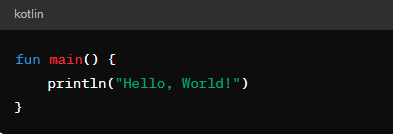
fun main(): Defines the entry point of the program. Unlike Java, Kotlin allows omitting the args: Array<String> parameter for the main function.
println("Hello, World!"): Prints “Hello, World!” to the console. The println() function is used to print the string followed by a newline character.
Kotlin is a modern programming language designed to be concise, expressive, and interoperable with Java. Its syntax is clean and readable, making it easy to learn and use. Kotlin’s interoperability with Java allows developers to leverage existing Java libraries and frameworks seamlessly. The “Hello, World!” program in Kotlin demonstrates the simplicity of the language, with a single line of code to print the greeting message to the console.
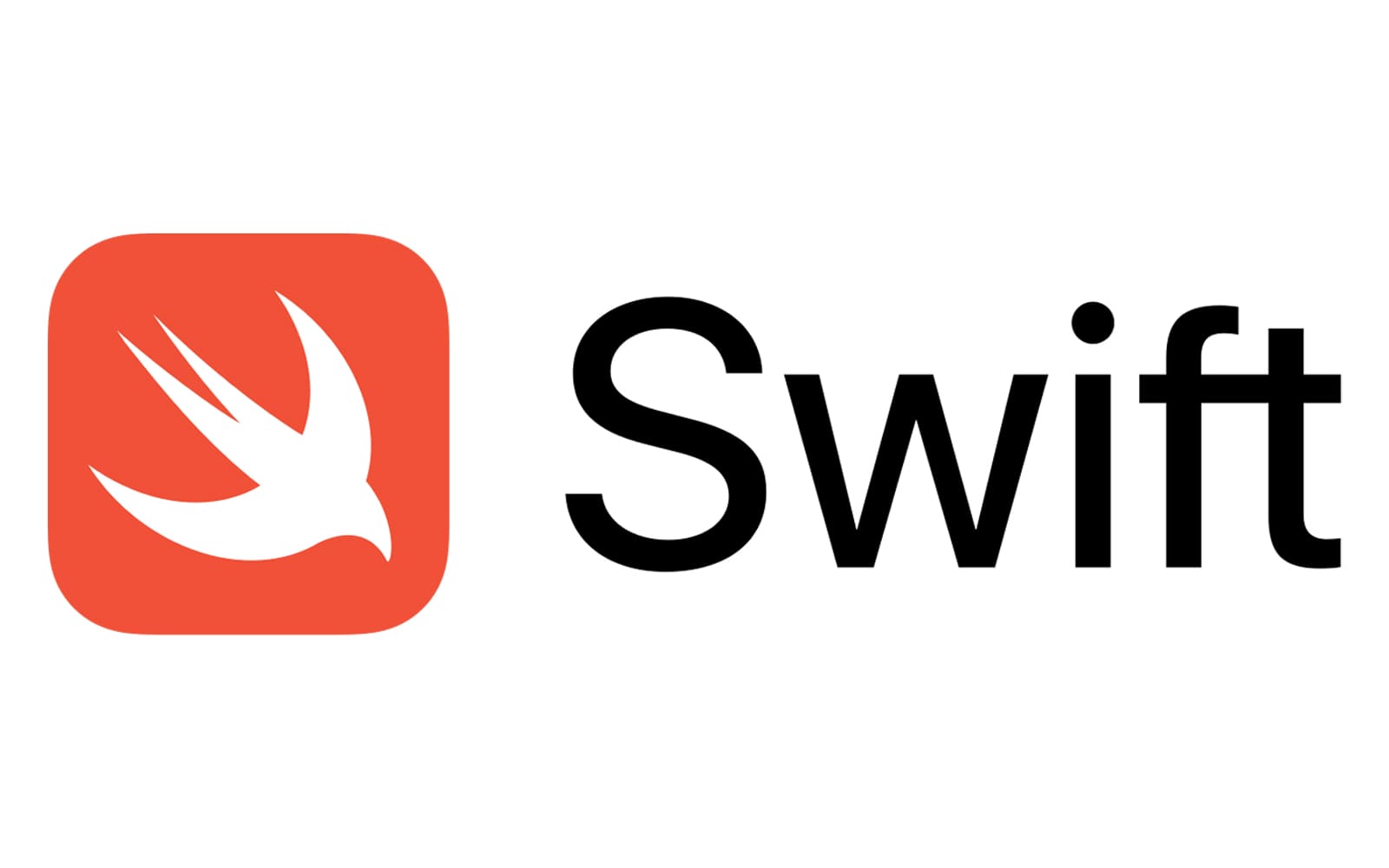
Swift: Swift is a powerful and modern programming language developed by Apple Inc. It was introduced in 2014 as a replacement for Objective-C, offering a more modern syntax, improved performance, and better memory management capabilities. Here’s an overview of Swift:

print("Hello, World!"): Prints “Hello, World!” to the console. The print() function is used to output the string to the standard output.
Swift has rapidly become one of the most popular programming languages, particularly for iOS, macOS, watchOS, and tvOS development. Its safety, performance, modern syntax, and interoperability with Objective-C make it an excellent choice for developing apps across the Apple ecosystem. With its open-source nature and growing community, Swift continues to evolve and expand its reach beyond Apple platforms.
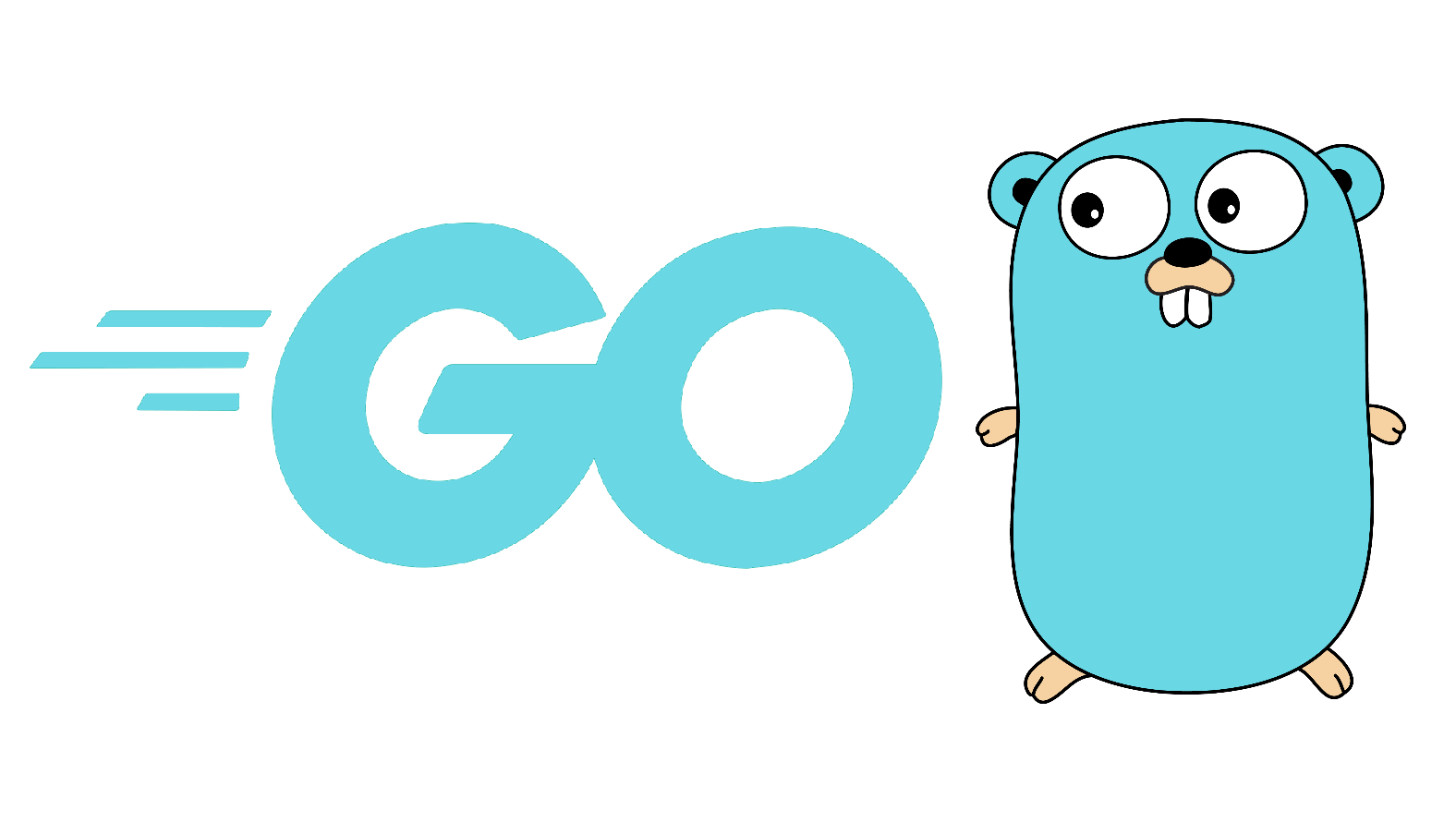
Golang:
Go, often referred to as Golang, is a programming language developed by Google, designed for simplicity, efficiency, and concurrency. It features a clean and minimalistic syntax, making it easy to read and write code. Key features include built-in support for concurrency with goroutines and channels, static typing, garbage collection for automatic memory management, cross-platform compatibility, and a comprehensive standard library.
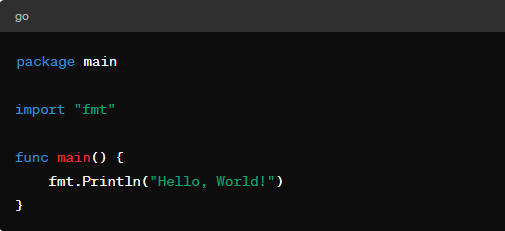
Go has a clean and minimalistic syntax, making it easy to read and write. It emphasizes simplicity and readability, with fewer language features compared to languages like C++ or Java.
Go is known for its simplicity, efficiency, and concurrency support, making it a popular choice for building scalable and high-performance applications, especially in areas such as web development, cloud services, and distributed systems.
